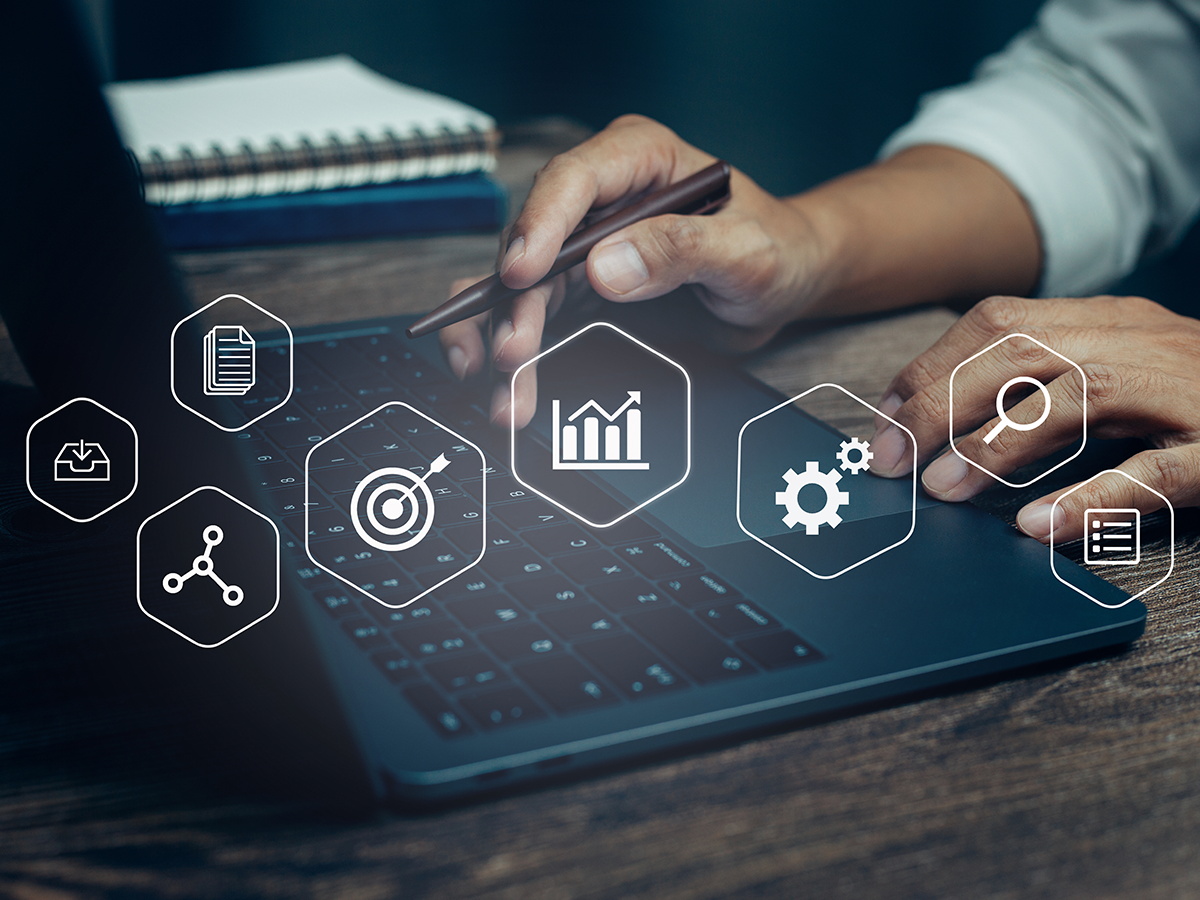The field of procurement has undergone significant transformation in recent years, driven by technological advancements and the need for greater efficiency. Modern procurement methods leverage cutting-edge technologies and innovative strategies to streamline operations, reduce costs, and enhance supplier relationships.
1. Digital Procurement Platforms
Example: Johnson & Johnson with SAP Ariba
Johnson & Johnson has effectively utilised SAP Ariba, a leading digital procurement platform, to manage its procurement processes. By integrating all aspects of procurement into a single platform, SAP Ariba enables real-time collaboration between buyers and suppliers. Johnson & Johnson uses this platform to automate purchase orders, track supplier performance, and manage contracts, creating a seamless procurement process. The platform’s analytical capabilities allow Johnson & Johnson to gain insights into spending patterns, identify cost-saving opportunities, and ensure compliance. According to a report by Supply Chain Digital, this integration has reduced Johnson & Johnson's procurement cycle times by 30% and improved supplier compliance rates by 25%, leading to substantial operational efficiencies and cost reductions.
2. Blockchain Technology
Example: Walmart with IBM Food Trust
Walmart has implemented blockchain technology to enhance transparency and traceability in its supply chain. Using IBM’s Food Trust blockchain, Walmart can track the origin of food products from farm to shelf. This technology allows Walmart to quickly identify and address issues such as contamination, ensuring food safety and quality. For instance, during an E. coli outbreak, Walmart used blockchain to trace the source of contamination in seconds, a process that previously took weeks. The Harvard Business Review noted that blockchain has reduced the time it takes Walmart to trace a product’s origin from seven days to just 2.2 seconds, significantly improving its ability to manage supply chain risks and enhance food safety standards.
3. Artificial Intelligence (AI) and Machine Learning
Example: IBM with Watson Supply Chain
IBM leverages AI and machine learning to optimise its procurement processes. The company’s Watson Supply Chain uses AI-powered tools to analyse procurement data, forecast demand, and identify cost-saving opportunities. For example, Watson can predict supply chain disruptions by analysing weather patterns, geopolitical events, and supplier performance data, allowing IBM to take proactive measures. As reported by the Journal of Supply Chain Management, IBM's use of AI has reduced procurement costs by 20% and improved operational efficiency by 35%. By integrating AI into its procurement strategy, IBM has enhanced its decision-making capabilities and maintained a resilient supply chain.
4. Robotic Process Automation (RPA)
Example: General Electric (GE)
General Electric has adopted robotic process automation to streamline its procurement operations. RPA tools automate repetitive tasks such as invoice processing, purchase order management, and data entry. GE's implementation of RPA has resulted in significant time and cost savings. For instance, by automating the invoice processing workflow, GE reduced the time required to process invoices by 50%, freeing up procurement staff to focus on strategic activities. According to Forbes, RPA has lowered GE’s operational costs by 30% and improved the accuracy of procurement data, enhancing overall efficiency and productivity in its procurement functions.
5. Predictive Analytics
Example: Amazon
Amazon uses predictive analytics to enhance its procurement and inventory management. By analysing historical data and market trends, Amazon’s predictive analytics tools forecast demand and optimise inventory levels. For example, Amazon’s predictive models can identify seasonal demand patterns and adjust inventory accordingly, ensuring that products are available when customers need them. The Wall Street Journal highlighted that Amazon’s predictive analytics have improved inventory turnover rates by 25% and reduced holding costs by 15%. This data-driven approach ensures that Amazon can meet customer demand efficiently and cost-effectively, maintaining its competitive edge in the retail market.
6. Internet of Things (IoT)
Example: DHL
DHL has integrated Internet of Things (IoT) technology into its supply chain operations to improve visibility and efficiency. IoT sensors are used to monitor the condition and location of shipments in real-time. This technology enables DHL to proactively address potential issues such as delays or temperature fluctuations, ensuring the timely and safe delivery of goods. For instance, DHL’s IoT-enabled smart containers provide real-time data on the location and condition of shipments, allowing for immediate corrective actions if necessary. The Journal of Business Logistics reported that DHL’s use of IoT has reduced transportation costs by 10% and improved delivery accuracy by 20%, enhancing overall supply chain performance.
7. Sustainable Procurement Practices
Example: Patagonia
Patagonia is renowned for its commitment to sustainable procurement. The company prioritises sourcing materials from environmentally responsible suppliers and uses recycled and organic materials in its products. Patagonia’s “Worn Wear” program encourages customers to recycle and repair clothing, reducing waste and promoting sustainability. For instance, Patagonia sources wool from farms that adhere to strict environmental standards and fair labor practices. The Guardian reported that Patagonia’s sustainable procurement practices have not only enhanced its brand reputation but also resulted in cost savings through reduced material waste and improved resource efficiency. By focusing on sustainability, Patagonia has attracted a loyal customer base that values environmentally friendly products.
Modern procurement methods are reshaping the way companies manage their supply chains, drive efficiency, and achieve cost savings. By embracing technologies such as digital procurement platforms, blockchain, AI, RPA, predictive analytics, IoT, and sustainable practices, organisations can stay ahead of the curve and navigate the complexities of the global market. As demonstrated by leading companies like Johnson & Johnson, Walmart, IBM, General Electric, Amazon, DHL, and Patagonia, these innovative strategies are essential for modernising procurement and achieving long-term success.
#ThoughtLeadership #ProcurementTechnology #Innovation #SupplyChain #DigitalTransformation #SustainableProcurement


